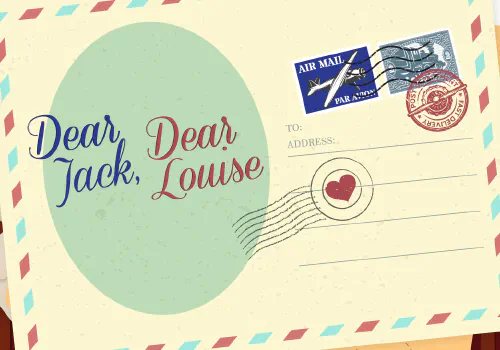Musical development was part of the intellectual and social movement that influenced all England during the Tudor Age. The same forces that produced writers like Sir Philip Sidney, Edmund Spenser, William Shakespeare, Ben Jonson, John Donne, and Francis Bacon also produced musicians of corresponding caliber. So numerous and prolific were these talented and imaginative men—men whose reputations were even in their own day firmly established and well founded—that they have been frequently and aptly referred to as a nest of singing birds.
One such figure was Thomas Tallis, whose music has officially accompanied the Anglican service since the days of Elizabeth I; another was his student, William Boyd, whose variety of religious and secular compositions won him international reputation.
Queen Elizabeth I, of course, provided an inspiration for the best efforts of Englishmen, whatever their aims and activities. For music, she was the ideal patroness. She was an accomplished performer on the virginal (forerunner to the piano), and she aided her favorite art immensely in every way possible, bestowing her favors on the singers in chapel and court and on the musicians in public and private theatrical performances. To the great composers of her time, she was particularly gracious and helpful.
Singing has been an integral part of English life for as long as we have any knowledge. Long before the music was written down, the timeless folk songs were a part of our Anglo-Saxon heritage. The madrigals and airs that are enjoyed each summer at the Utah Shakespeare Festival evolved from these traditions.
It was noted by Bishop Jewel in l560 that sometimes at Paul’s Cross there would be 6,000 people singing together, and before the sermon, the whole congregation always sang a psalm, together with the choir and organ. When that thundering unity of congregational chorus came in, “I was so transported there was no room left in my whole body, mind, or spirit for anything below divine and heavenly raptures.”
Religious expression was likely the dominant musical motif of the Elizabethan period; however, the period also saw development of English stage music, with Morley, John Wilson, and Robert Johnson setting much of their music to the plays of Shakespeare. The masque, a semi-musical entertainment, reached a high degree of perfection at the court of James I, where the courtiers themselves were sometimes participants. An educated person of the time was expected to perform music more than just fairly well, and an inability in this area might elicit whispered comments regarding lack of genteel upbringing, not only in the ability to take one’s part in a madrigal, but also in knowing the niceties of musical theory. Henry Peacham wrote in The Compleat Gentleman in l662 that one of the fundamental qualities of a gentleman was to be able to “sing your part sure, and…to play the same upon your viol.”
Outside the walls of court could be heard street songs, lighthearted catches, and ballads, all of which indicates that music was not confined to the cathedrals or court. We still have extant literally hundreds of ballads, street songs, and vendors’ cries that were sung or hummed on the street and played with all their complicated variations on all levels of Elizabethan society.
Instruments of the period were as varied as the music and peoples, and the instrument and songbooks which remain in existence today are indicative of the high level of excellence enjoyed by the Elizabethans. Songbooks, mainly of part-songs for three, four, five, and six voices exist today, as do books of dance music: corrantos, pavans, and galliards. Records from one wealthy family indicate the family owned forty musical instruments, including twelve viols, seven recorders, four lutes, five virginals, various brasses and woodwinds, and two “great organs.” To have use for such a great number of instruments implies a fairly large group of players resident with the family or staying with them as invited guests, and the players of the most popular instruments (lutes, virginals, and viols) would be playing from long tradition, at least back to King Henry VIII. In short, music was as necessary to the public and private existence of a Renaissance Englishman as any of the basic elements of life.
The Utah Shakespeare Festival musicians perform each summer on authentic replicas of many of these Renaissance instruments. The music they perform is authentic from the Elizabethan period, and the instruments are made available for audience inspection and learning.









